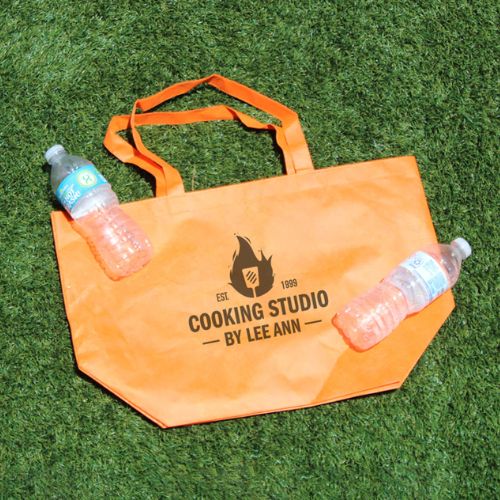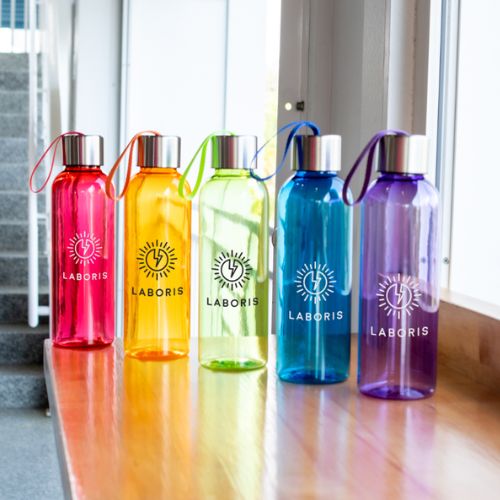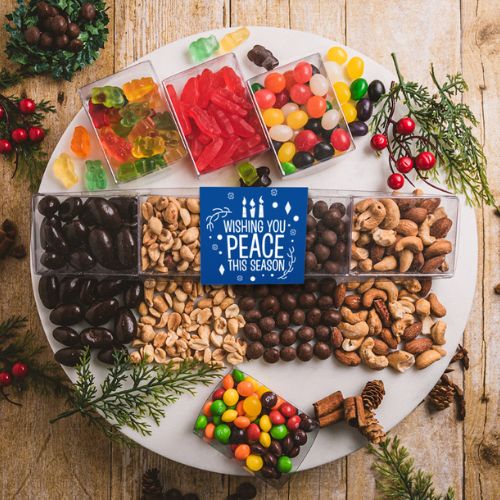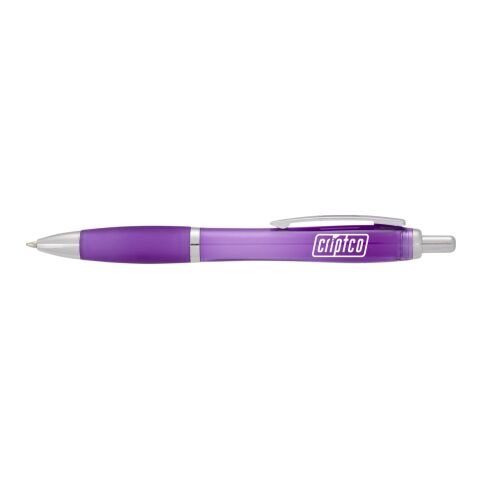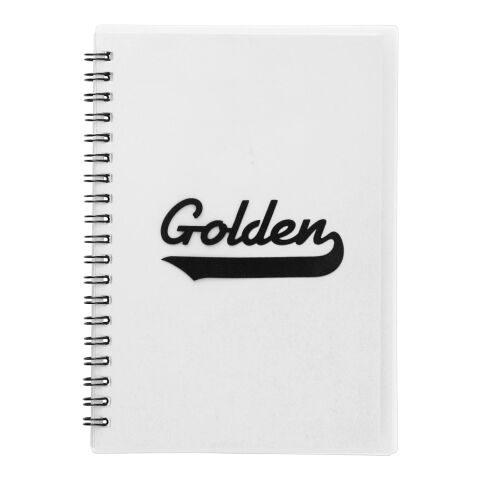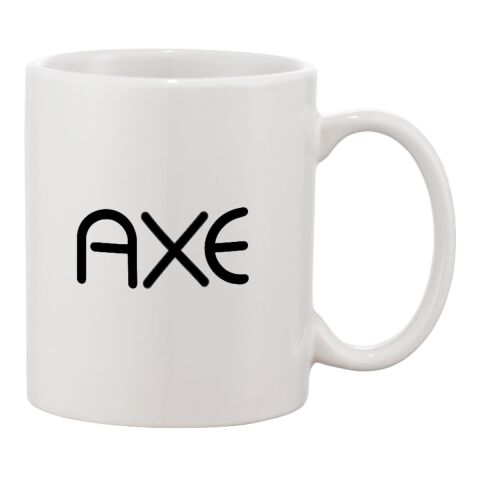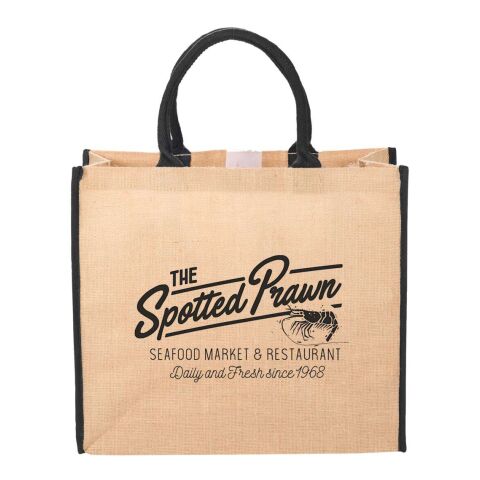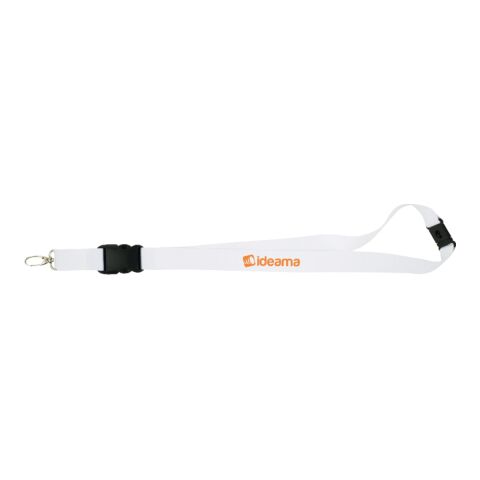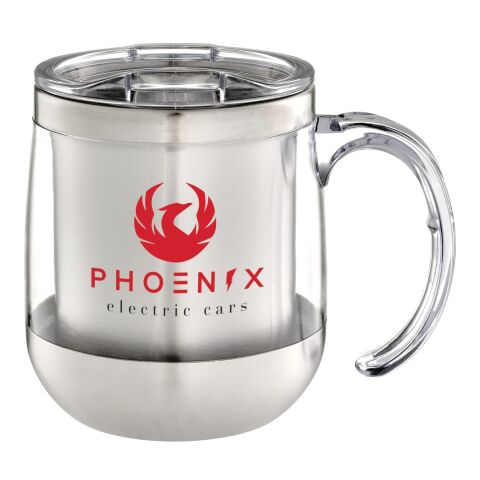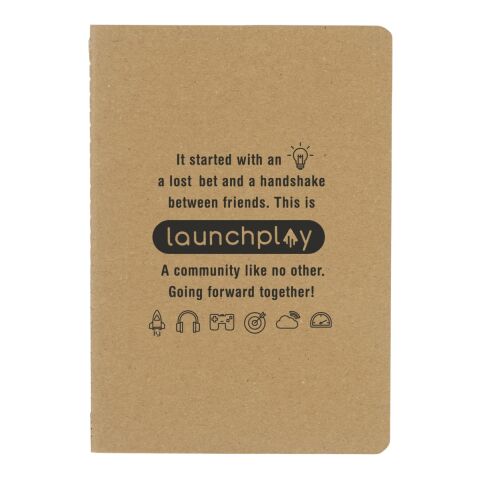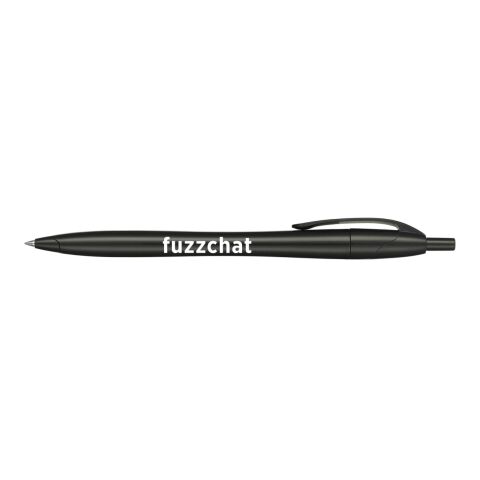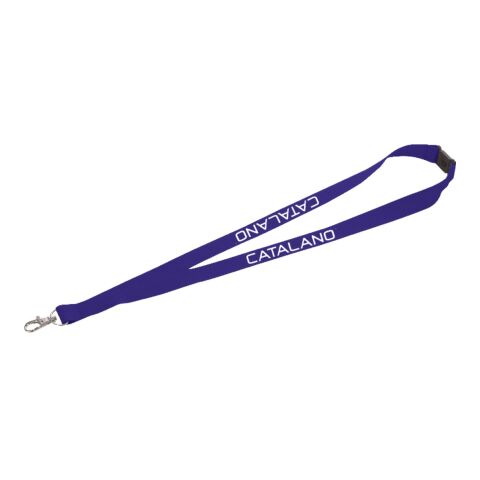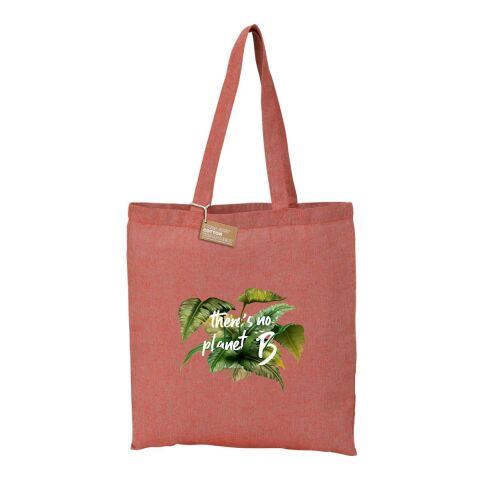Screen printing
What exactly is a screen print?
Screen printing is a stencil printing process. The screen printing color can be made of wood, aluminum or plastic with a squeegee and is applied to various materials with a rubber lip. Screen printing is one of the most important finishing processes for promotional items and, thanks to its versatility, has become an integral part of the manufacturing industry for promotional products. With the screen printing process, blank canvases can truly be transformed into small works of art.
Where is the screen printing process used?
Almost any material can be printed using the screen printing process, regardless of the printing material like plastic, paper, glass or wood. This is what makes this printing process so popular for companies that sell promotional items. Screen printing shows some parallels to the printing process called pad printing. However, due to the water and weather resistance of the printing ink, this process is particularly attractive for textile advertising products such as shirts, which can stand out after printing with an outstanding and large-scale color intensity. Screen printing ink is therefore ideal for printing on promotional gifts. Screen printing is also an optimal method for printing fashion prints, band merch and festival clothing in addition to wood and paper, leather.
How screen printing works
The printing process technique for screen printing is quite simple and works similar to the spray can stencil principle. In order to be able to transfer the artwork motif to the advertising medium, a stencil is created using UV light irradiation and it is only color-permeable in the unexposed areas. This stencil consists of a very fine-meshed screen that is stretched over a so-called screen printing frame. The finer the screen is woven for printing, the finer color prints are possible. With the help of a rubber squeegee blade, the respective printing ink is pulled over the screen and reaches the respective advertising medium through the non-irradiated points of the screen. In this way, the design is created in just a few, uncomplicated steps. Everything that is needed to imprint with screen printing is a screen printing frame, a UV light source, photo emulsion and a graphic template or stencil. Once you have these items, you can start screen printing. By using a squeegee when printing, very detailed graphics and logos can also be printed on the respective textile fabric or on other materials such as paper.
Can you screen print yourself?
Screen printing is considered an easy-to-learn printing technique, which is why it is very easy to do it yourself. In this way, any number of different materials and fabrics can be provided with a print. There are no limits to the design of the imagination. First you need an idea for a design and then you can start. For a satisfactory result after printing, high-quality screen printing accessories such as screen printing frames, screen printing mesh, squeegee, coating trough, screen printing machine and screen printing ink are, of course, required.
- First, determine the size of the artwork that will be printed on a fabric or other material. Then use this size to select the appropriate, ready-covered screen printing frame.
- Select the appropriate screen printing fabric for the print. Then remove the grease from the screen print and apply the coating using photo emulsion.
- Cleanly expose the desired artwork with an exposure unit on the coated screen frame and develop it with water.
- Adjust the screen printing machine correctly and print the respective item with screen printing ink.
What colors are available with screen printing?
As with many other printing techniques, the same applies to screen printing. With the CMYK color space, you are mostly covered when printing, since most printers use this color space. It is possible to have an advertising design printed in up to four (4) colors. In addition to the normal standard colors, screen printing also offers a wide range of many different special colors. Whether, for example, the company logo should appear with a metallic look - the special screen printing colors leave nothing to be desired. However, even if this printing technique shines with an extremely impressive color intensity, some logos and artworks cannot be implemented due to the special process. These exclusions include photo motifs and shading.
What does screen printing cost?
With screen printing, the price is determined by the number of colors, the size of the print design and the set-up costs. The more printing colors are used and the larger the logo will be printed, the higher the printing costs. In addition, there are the costs for the processing and use of the printing template, which has to be made anew for each design. Even with the smallest order quantities, screen printing is an extremely inexpensive and price-friendly printing process that can be used to produce large quantities of products quickly and precisely.
The advantages of screen printing
- Incredibly intense and comprehensive color results are possible with screen printing. It creates a high-quality and charming presentation of the printed artwork or advertising logo.
- Thanks to special colors, these colors give promotional items a unique look that will visually inspire the specific target groups.
- Extremely accurate color prints with sharp edges are possible when printing due to the fine screen printing fabric.
- Once dry, the ink easily resists wind and weather. The print also can survive hundreds of washes and resist fading, even when exposed to strong sunlight.
- Not only textile and apparel printing is possible with this method. Numerous other materials such as ceramics, metals, plastic and many more can also be imprinted with screen printing.
- Textiles that are innovative and designed in an original way attract a lot more attention and stay in people's minds longer than direct off-the-shelf or boring items.
What promotional products are best suited for screen printing?
Textiles are clearly the most popular option among advertising media produced using screen printing. Should employees be equipped with shirts for their uniform, caps in the corporate design for the next company event or should customers at the upcoming trade show be given tote bags and lanyards? All of these product categories have the option for screen printing. Or will business partners carry professional-looking business bags to and from the office? With screen printing, an advertising design, logo or artwork not only looks extremely professionally printed, but also shines in the most beautiful colors for a long time. Outdoor adventurers will also get their money's worth with the screen printing process. Whether jackets, backpacks, or duffel bags - thanks to the weather resistance of the screen printing ink, the print defies all weather conditions and does not fade even when it comes into contact with the strongest sunshine thanks to its high ink layer thickness.
In addition to textiles, other things can also be printed using this screen printing process including pens, lighters, mugs, USB drives, or notebooks are no problem for screen printing. Even round items such as stress balls do not pose a challenge for screen printing and can be embellished thanks to this innovative printing technique.


